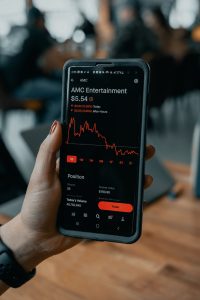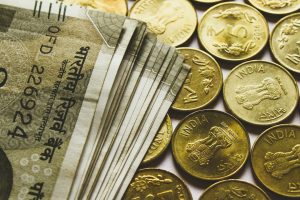Forex trading is an extremely popular investment option for traders of all skill levels. With its high liquidity and 24/7 trading, it’s no wonder that the foreign exchange market is one of the most traded markets globally. However, just like any other investment, Forex trading requires careful analysis and strategy development to achieve success. One of the essential tools in a trader’s arsenal is backtesting. In this article, we’ll cover the basics of how to backtest Forex and its importance in FX trading.
What is Backtesting?
Backtesting is a method used by traders to test their trading strategies against historical market data. It involves simulating trades using past price data to see how the strategy would have performed in the market. The objective of backtesting is to identify profitable trading strategies and to eliminate those that are not effective.
Backtesting has become increasingly popular among Forex traders because it allows them to test and refine their strategies without risking their capital in the market. This method allows traders to evaluate the performance of their trading strategies under different market conditions, helping them to make better decisions in the future.
How to Backtest Forex?
The process of backtesting involves several steps. Here’s a step-by-step guide to help you get started:
Step 1: Define Your Trading Strategy
The first step in backtesting is to define your trading strategy. This involves setting up the rules that you will use to enter and exit trades. Your trading strategy should be based on technical indicators, fundamental analysis, or a combination of both.
Step 2: Identify the Historical Data
Once you have defined your trading strategy, the next step is to identify the historical data that you will use for backtesting. The historical data should be representative of the market you intend to trade in. You can obtain historical data from various sources, including Forex brokers and data providers.
Step 3: Load the Historical Data into a Backtesting Software
After identifying the historical data, the next step is to load it into a backtesting software. There are several forex backtesting software available in the market, including MetaTrader 4, TradingView, and Forex Tester. These software programs allow traders to simulate trades using historical market data.
Step 4: Set Up the Backtesting Parameters
The next step is to set up the backtesting parameters. This includes defining the time frame, the currency pair, and the trading volume. You should also set up the parameters for your trading strategy, such as the stop-loss, take-profit, and entry and exit rules.
Step 5: Run the Backtest
Once you have set up the backtesting parameters, the next step is to run the backtest. The backtesting software will simulate trades based on the rules defined in your trading strategy. You can then evaluate the performance of your strategy based on the results obtained from the backtest.
Step 6: Analyze the Results
After running the backtest, the final step is to analyze the results. You should evaluate the results based on parameters such as profitability, drawdown, and accuracy. This will help you to identify the strengths and weaknesses of your trading strategy and to refine it for better performance.
Importance of Backtesting in Forex Trading
Backtesting is an essential tool for Forex traders because it allows them to test and refine their trading strategies before risking their capital in the market. Here are some of the benefits of backtesting:
1. Eliminates Emotional Bias
Backtesting eliminates the emotional bias that often affects traders’ decision-making processes. By using historical market data, traders can evaluate the performance of their trading strategies objectively, without the influence of emotions.
2. Identifies Profitable Trading Strategies
Backtesting helps traders to identify profitable trading strategies and to eliminate those that are not effective. By evaluating the performance of their strategies under different market conditions, traders can identify the most profitable strategies and refine them for better performance.
3. Saves Time and Money
Backtesting saves traders time and money by allowing them to test their trading strategies without risking their capital in the market. This method helps traders to avoid losses resulting from untested strategies and to refine their strategies for maximum profitability.
Conclusion
In conclusion, backtesting is a crucial tool for Forex traders looking to develop profitable trading strategies. By simulating trades using historical market data, traders can evaluate the performance of their strategies objectively and refine them for better performance. It’s important to note that backtesting is not a guarantee of future performance, but it’s a useful tool for identifying profitable trading strategies.





